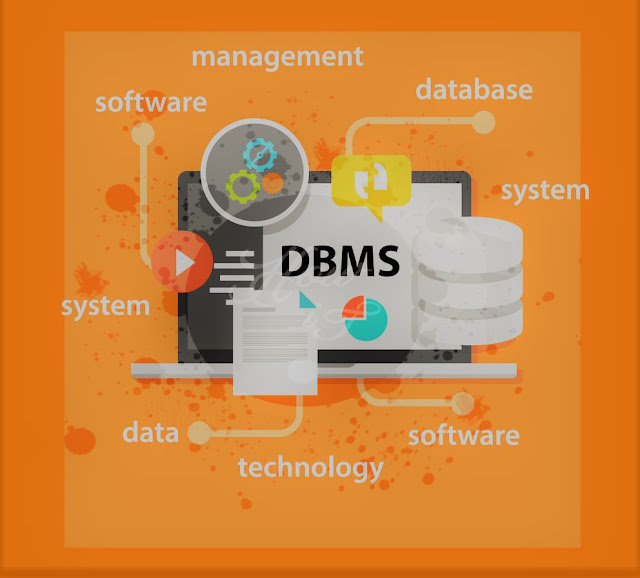Introduction to DBMS
The
Evolution of Database Technology
- Components of Database environment
- Hardware, Software, Data, procedures and
people
- Information and Meta data
- File-based Approach and Database Approach
- Data hierarchy
- Components of DBMS
- Functions of DBMS
- Advantages and Disadvantages of Database
Approach
- Uses of Database
- Database Architecture
Components of Database System Environment
Hardware
Set
of physical devices on which a database resides. Can range from a PC to a
network of computers.
Software
–
database management system (DBMS)
–
operating system
–
application programs
–
User Interface
Data
– The
term data refers
to known facts that can be recorded and preserved
Include text, graphics, images, and/or video
–
Used by the organization and a
description of this data called the schema.
– A representation of facts, concepts or
instructions in a formalized manner suitable for communication, interpretation
or processing by human beings or by automatic means.
– Raw data which is unprocessed Text, colours,
symbols, shapes, graphics, images, temperatures, sound, video or other facts
and figures are data suitable for processing.
E.g. Person or Employee or Customer
name,
address, phone, date of birth, designation, department, salary,
employee
no, photograph
Procedures
Instructions and rules that should be
applied to the design and use of the database.
People
Two
different types of people (end-users and practitioners) are concerned with the
database.
1)
End-Users
–
are the ‘clients’ of the database, who need information from the database to
carry out their duties.
e.g.
Executives, managers, staff, clerical personnel
2) Practitioners
–
people responsible for the database system and its associated application
software.
e.g. Data
and Database administrators, Database designers, Application developers.





0 Comments